How to Choose the Correct ISO Setting for Your Shot
By Mike Panic
#photographyeveryday #photographyislife #photographylover
ISO can be confusing, especially to everyone just starting out in photography. To put it simply, the ISO setting in your camera affects how sensitive the sensor is to light.
If you love mathematics, you can immerse yourself in the technical information on Wikipedia – it is quite good. But, we won't be delving into the maths here. In this article, we will focus more on choosing the right ISO setting for your specific shot.
The correct ISO can make your photo; the wrong ISO can ruin it.
ISO on most cameras starts at 100, some cameras begin at 50, but the lower the number, the less sensitive to light, the higher the number, the more sensitive. While that seems pretty straight forward, there is a price to pay as you go higher in the ISO settings, digital noise.
Something to remember is that High ISO film has visible grain, and this may be somewhat desirable for photographers. On the whole, digital noise, the equivalent to grain for digital photographers is not a welcome addition to photographs.
Unlike most settings in your camera, like shutter speed and aperture, changing the ISO probably won't be noticeable when you review images on the LCD. The digital noise will show up when you view and edit your photos on a computer. Ideally, you want the lowest ISO setting possible for the least amount of noise, but in any given lighting situation that's not always an option.
What is ISO on a Camera?
ISO denotes film or an image sensor's ability to capture light and is a factor that helps with taking well-exposed images. It is a measure of the camera's ability to capture light, whether darker or brighter depending on the value you choose.For example, you can check this on your camera – increasing or decreasing the ISO value, keeping other factors constant can make the image brighter or darker. It is one of the factors that affect exposure (besides aperture and shutter speed) in an image if you know and understand the exposure triangle.
When it comes to film, ISO is an indication of the light sensitivity of the film. Film is coated in light-sensitive layers of silver halide crystals. The larger the crystals, the more light-sensitive and therefore quicker the film – but this, in turn, means more grain. Finer crystals mean lower sensitivity to light and, as such, less grain. A lower ISO film will have virtually unnoticeable grain.
ISO is somewhat different in digital cameras; here, the light that falls on the sensor is converted into electrical signals for processing. So increasing the ISO value will amplify the signal. The lower the ISO, the less digital amplification which means, less boosting of the light leading to minimal digital noise. With an increase in ISO, the amplification increases and, as a result, this causes more noise that can, at higher values, degrade image quality.
So you should only increase the ISO in situations where you cannot increase the exposure via aperture and/or shutter speed.
What is the Purpose of ISO?
The purpose of ISO is to get the exposure right for sharp and creative photography.For example, by increasing the ISO for a given scenario, you can:
- achieve faster shutter speeds to freeze motion,
- gain a larger or deeper depth of field to get more of the scene in focus,
- shoot handheld in lowlight conditions,
- loss of dynamic range,
- increased noise
- colour degradation
How to Choose ISO?
ISO is helpful when you are shooting at different lighting conditions more importantly in low light. Increasing the ISO will also introduce noise in your images – the higher the ISO, the higher the noise with a corresponding decrease in image quality.Digital cameras perform well at low ISO values, produce accurate colours, smooth images and sharp details. Shooting at low ISO values is only possible if there is enough light to compensate or when you are taking long-exposure photographs. But, when you want to shoot wildlife, sports and other fast-moving subjects, or if you have low light conditions, you will need a faster shutter speed. This is when you will want to increase your ISO to have a faster shutter speed for correct exposure so you can eliminate blur due to movements.
So how should you choose ISO values? Here are some suggestions for handheld shooting without a flash. Each camera performs differently at higher ISO values, so test your camera before using high ISO values.
- When you are shooting in bright light, you have a lot of light available so choose lower or the lowest ISO value. Stay between 100 to a maximum of 200
- When shooting landscapes or long exposures during the day, shoot at ISO 100 or below depending on the native ISO values available. You can choose a low ISO because you will have your camera on a tripod. The low ISO value will ensure that when you print your images, they will look great at any size.
- Even on a bright day, you may need to increase the ISO to about 200 to 400 sometimes to shoot with the correct shutter speed for sharp images. Scenarios would include shooting in the shade or shooting wildlife, especially birds and animals in shady areas of the trees
- On cloudy or overcast days, you will have less light compared to bright sunny days. So choose a slightly higher ISO value. A maximum value of 400 should be more than enough, but then it also depends on the aperture value and shutter speed you will require.
- When shooting indoors in natural light, you are again dealing with the available light. So depending on the intensity of the light source, you will need to think about your ISO value. If you are shooting in direct bright light, you can use between 100 to 400, but if it is indirect, diffused light, you may want to go up to 800.
- Low light conditions are a different beast. Lighting conditions such as indoors at night, events, outdoors at night, etc., will need a higher ISO. If you are using aperture values like f/1.8, you can start with ISO 800. Depending on light conditions, you may want to use about 1600, or even above, to get the exposure right.
- Setting higher ISO values should be considered as a last resort in situations where you want to capture the photo and need a higher ISO for that situation.
When using a tripod, if your shooting scenario is good for long exposure, then go for the lowest ISO possible. When it comes to night sky photography, you may not be able to work with very low ISO values like 100 or 200 as you want to eliminate star trails. So based on your shutter speed, you will have to do test shots and choose the lowest ISO that will help you get correctly exposed images. Remember different cameras with different sensors, respond differently to ISO values.
So how high can you go with ISO values?
Setting the correct ISO value is trial and error. Test which ISO values get you the shot you are after. Use higher ISO values when you want to freeze actions or avoid camera shake due to slow shutter speed when hand-holding the camera. But as much as possible, always use the lowest ISO for any situation. Wherever possible, keep your ISO lower or, if possible, use base ISO and shoot using a tripod.
What is Expandable ISO?
In recent years, digital cameras are being manufactured with a specification called expandable ISO. So, what is expandable ISO?A camera's sensor has a range of ISO values within which it will produce good to acceptable quality images – this is called the native ISO. But, there are times when photographers may want to go beyond the native range or extend/expand it – for example, requiring more light in very dimly lit situations. Some cameras come with an option to expand the native ISO by a stop or two, so the amount of light recorded by the sensor increases. For example, if the maximum native ISO value on a camera is 6400, the expanded ISO will be 12800 aiding with doubling the amount of light reaching the sensor.
Note: Similar to extending beyond the highest native value, there are also options to go below the native ISO value of 100 or 200 in most cameras. This does not degrade the image quality by affecting the colours, or dynamic range like the higher ISO values do.
How Does Expandable ISO Work?
The camera digitally expands the native ISO value by metering the light for the highest native ISO value and then it amplifies that data for the expandable ISO value. This is done digitally via software and not hardware. There is a considerable trade-off to this feature, which is poor image quality with a lot of noise, inferior colours, and loss of dynamic range. So as much as possible, try to stay within the native range. But in case you need that important photo and need to expand the ISO, then make use of this feature – a noisy photo is better than no photo.To understand the above concept even better – think of the native ISO and expandable ISO like optical zoom and digital zoom on a camera.
To Wrap It All Up
Sunny days, outside, ISO 100 will be wonderful. If you are noticing a lot of detail in the shadow area of your photos with your naked eye that you aren't seeing when you review files on the LCD on the back of the camera, bump the ISO up to 200 or even 400.Indoor photography can be tricky, artificial light combined with natural light coming through the windows can result in constant monitoring and adjusting the ISO level. What looks excellent at ISO 400 in one room might require ISO 800 in the next place.
If you're using a tripod, use the lowest ISO setting possible. You can get away with a longer shutter speed because the tripod will stop all motion blur of the camera.
Using a flash can help keep the ISO low and your photos noise-free in a lot of situations. Likewise, if the depth of field isn't a concern for you, opening up the aperture will allow more light in, giving a lower ISO option.
When shooting at particularly high ISO settings be mindful of proper exposure. Post-production of high ISO shots that weren't properly exposed to the best of your ability start to fall apart. Particularly when adjusting the exposure or contrast levels, digital noise is enhanced, often resulting in an unpleasing image.
Noise isn't always bad, though! One of the most brilliant aspects of film noir styled photographs is the grain in them. Low key black and white images with lots of grain can be a good thing if they are exposed well, and the subject matter holds up to it.
The key to choosing the correct ISO is determining what factors need to be appropriately emphasized. Most people strive for little to no digital noise. So shooting at the lowest ISO is usually the best bet – unless a film noir style is more for your liking.
Since no guide can give you exacting settings, I suggest you bracket shoot ISO in a number of scenarios. Then you can compare the photos in post-production so you can best see what happens with your particular camera. ISO is one of the few things you can't correct in post-production because you shoot in RAW mode too. If you accidentally take photos on a sunny day at ISO 3200, you are going to have lots of digital noise.
Share this article.
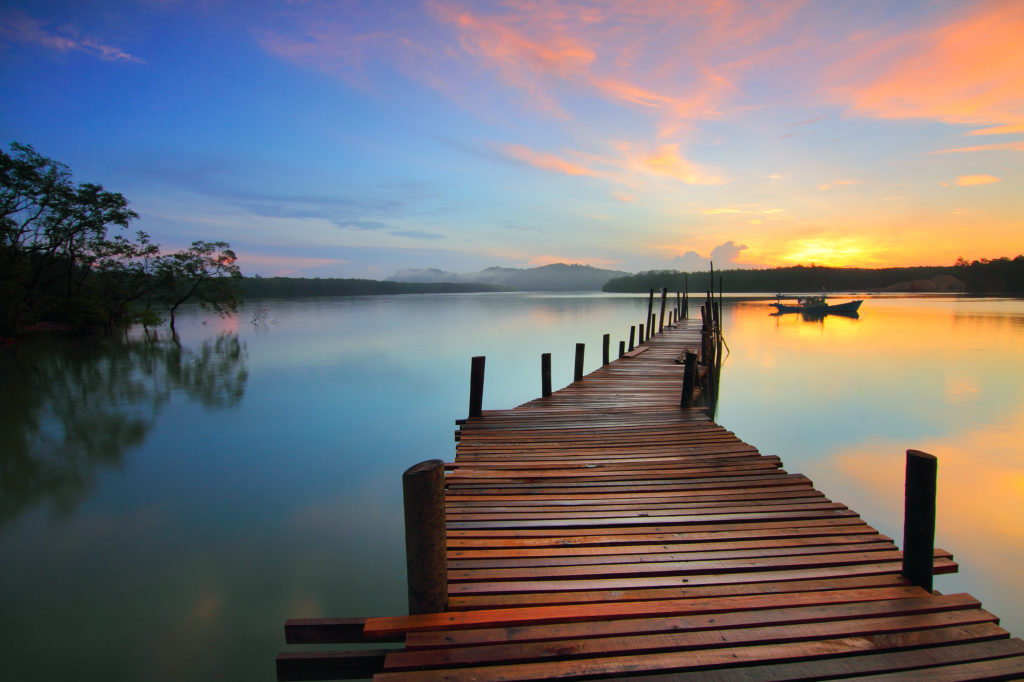
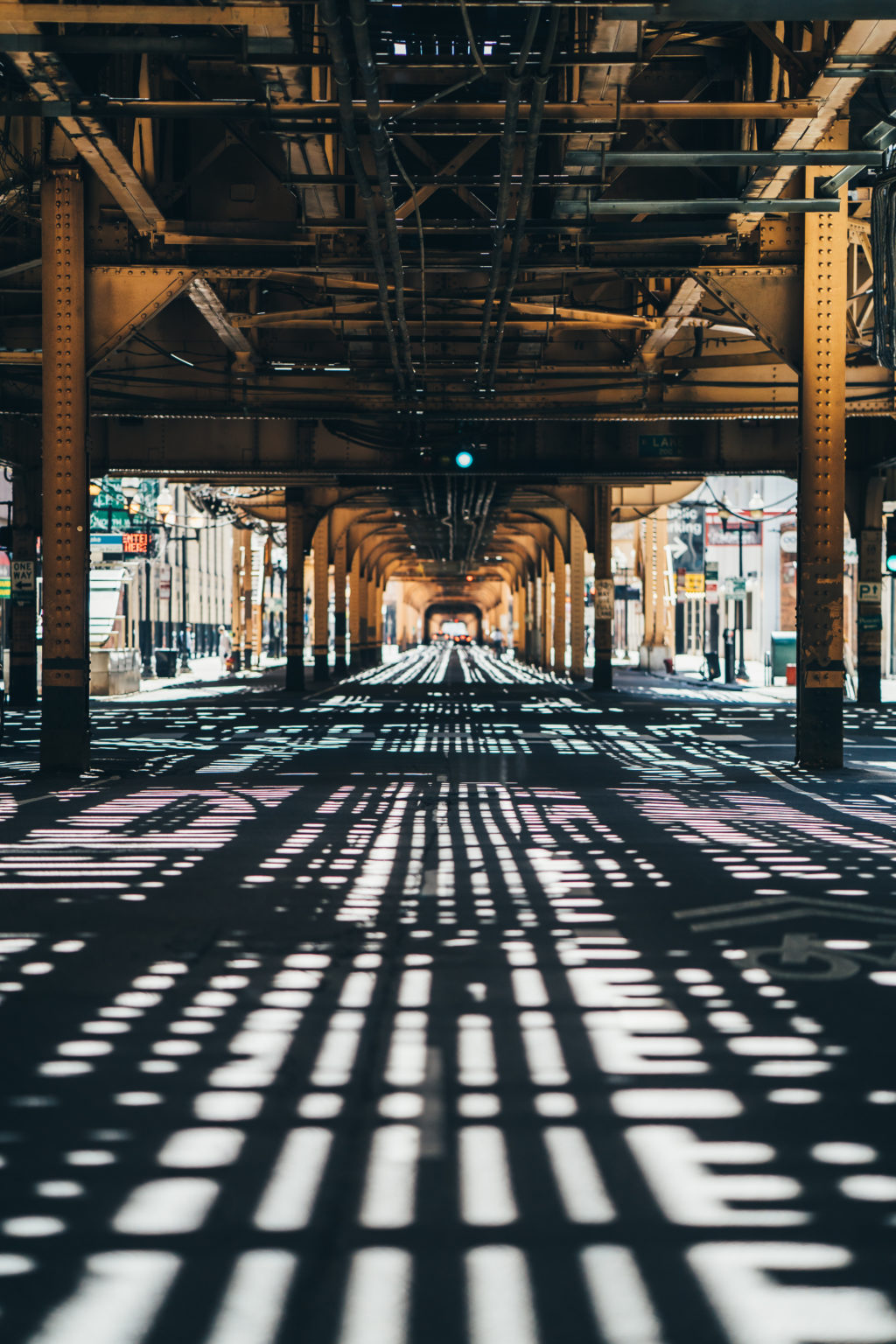
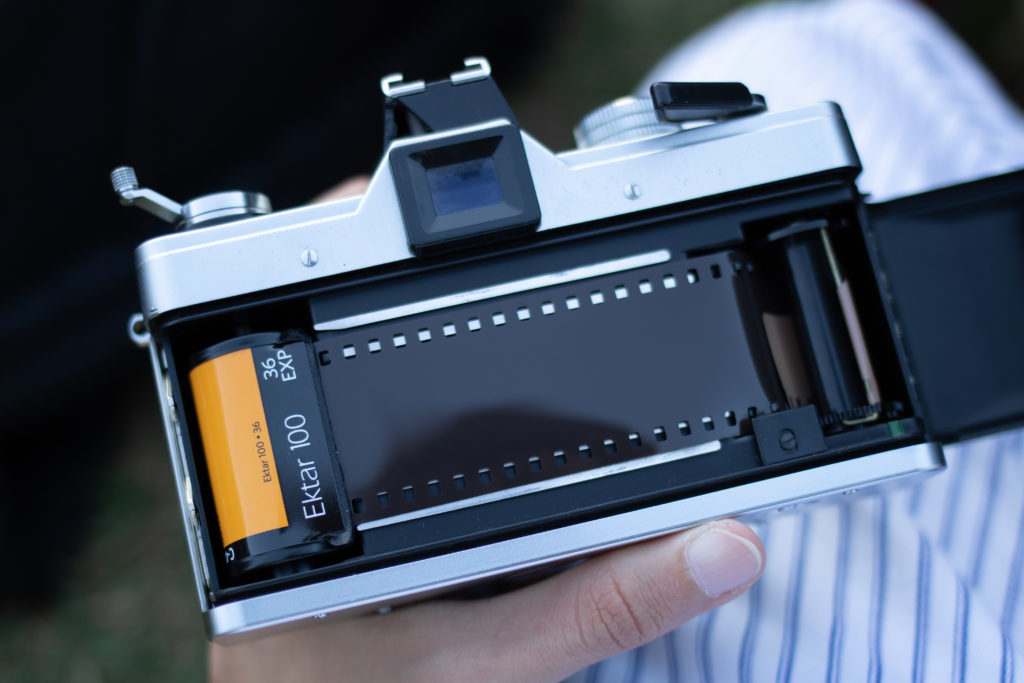
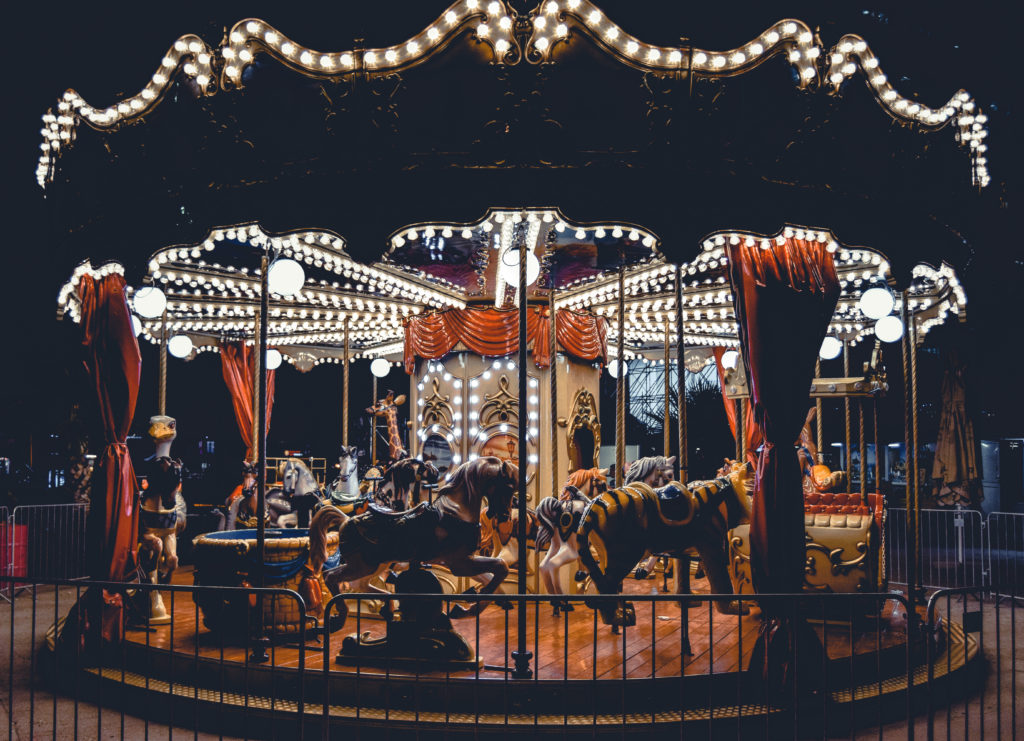
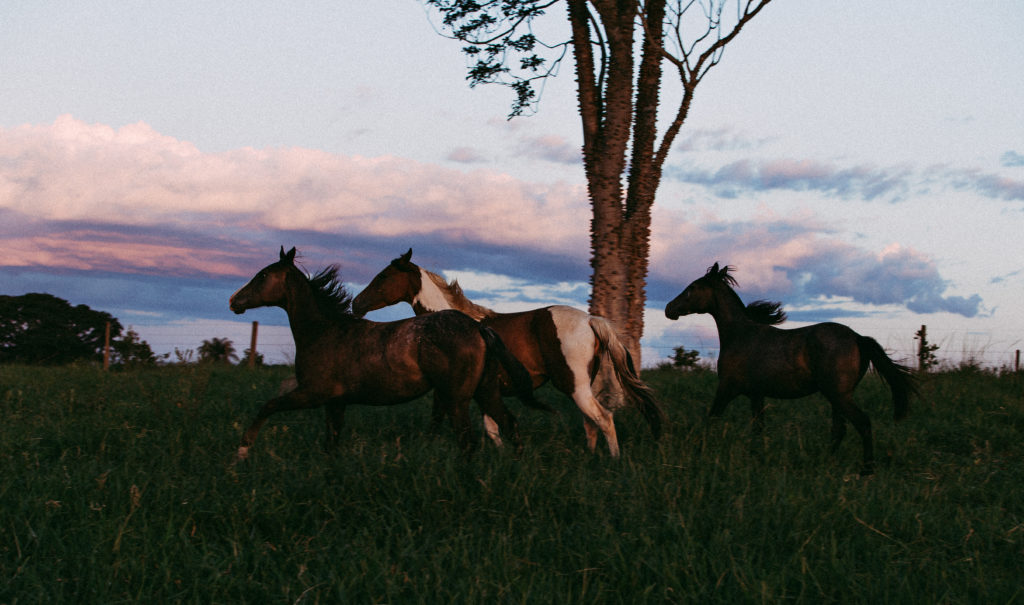
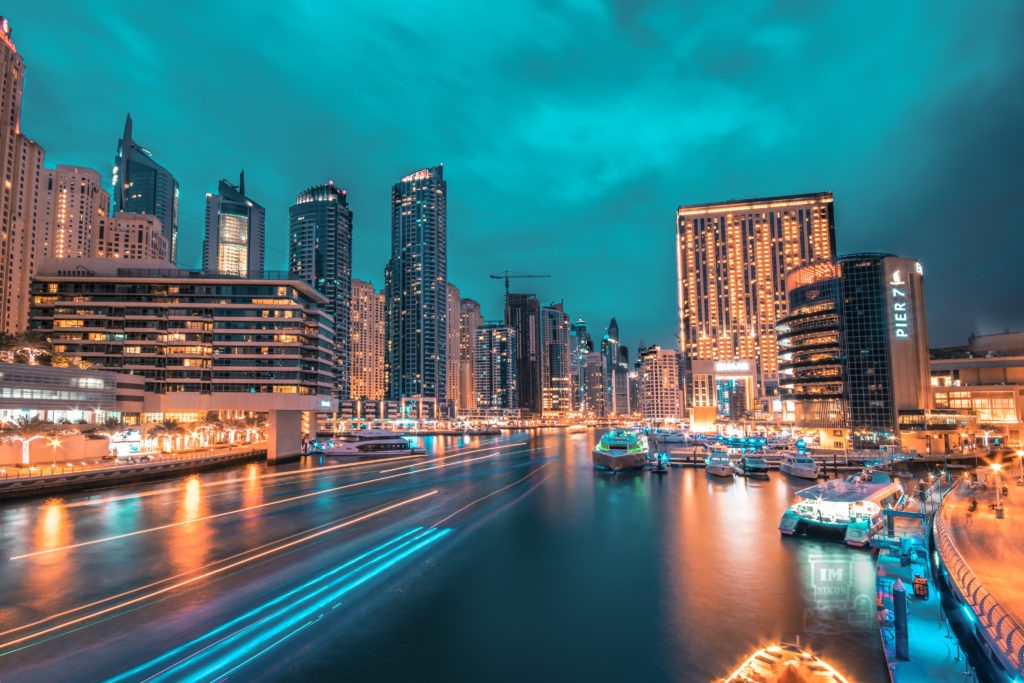
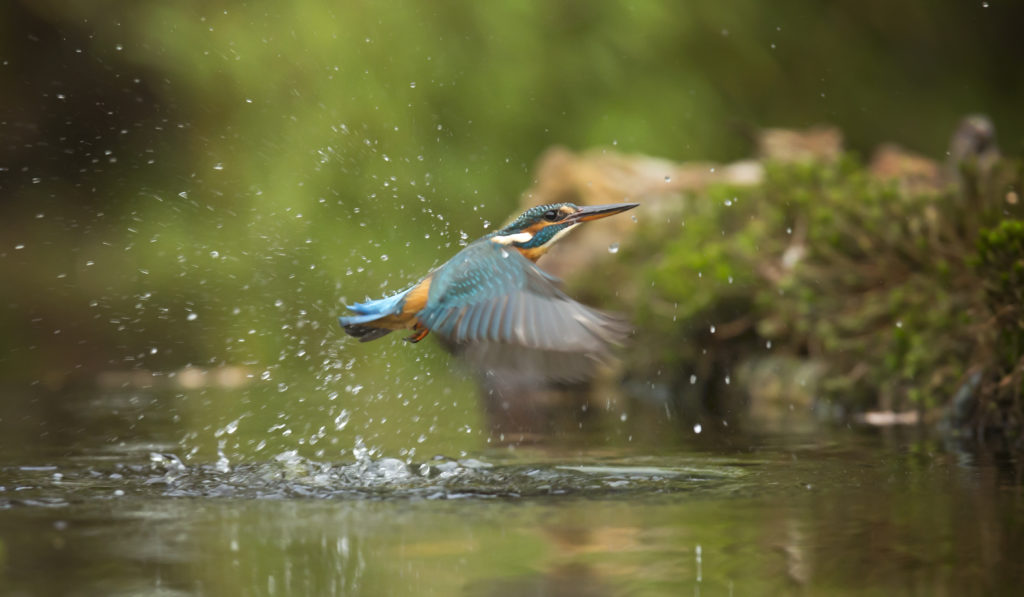
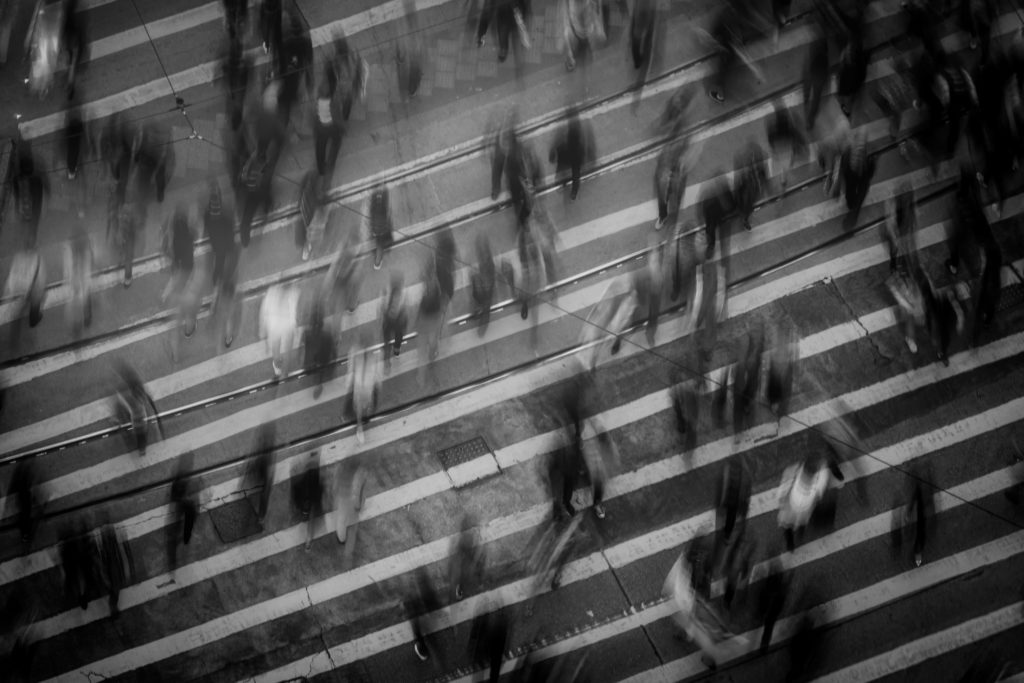
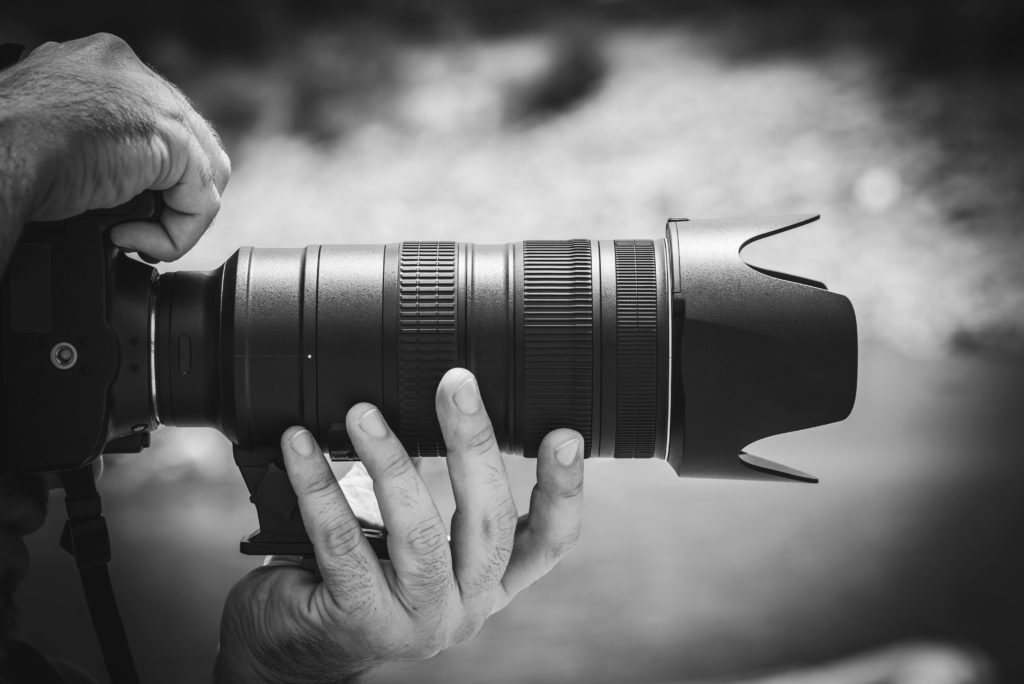
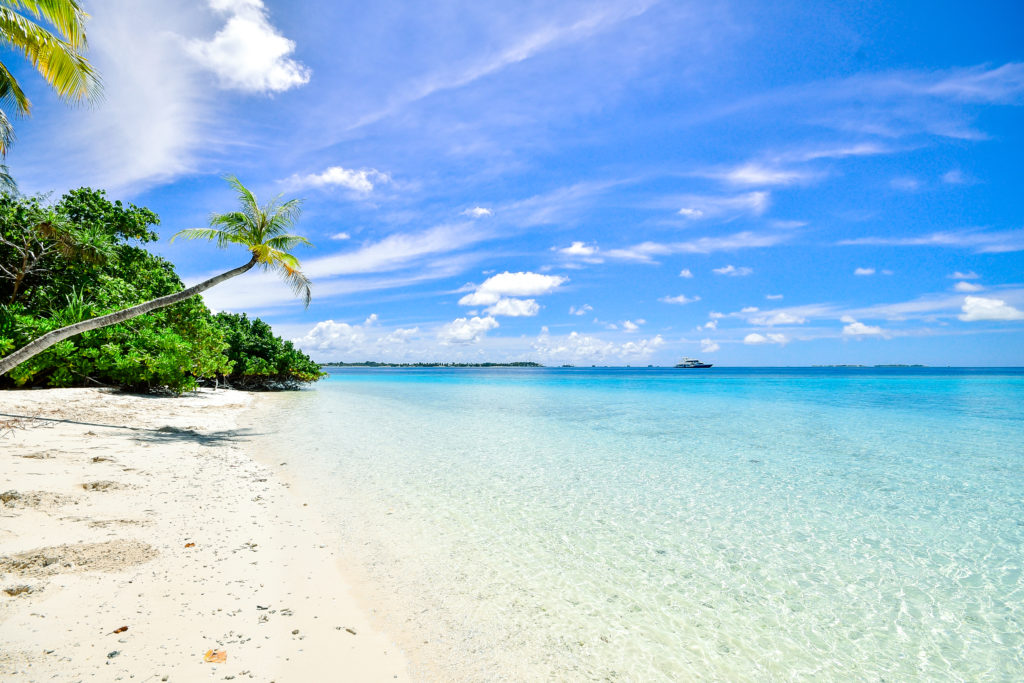
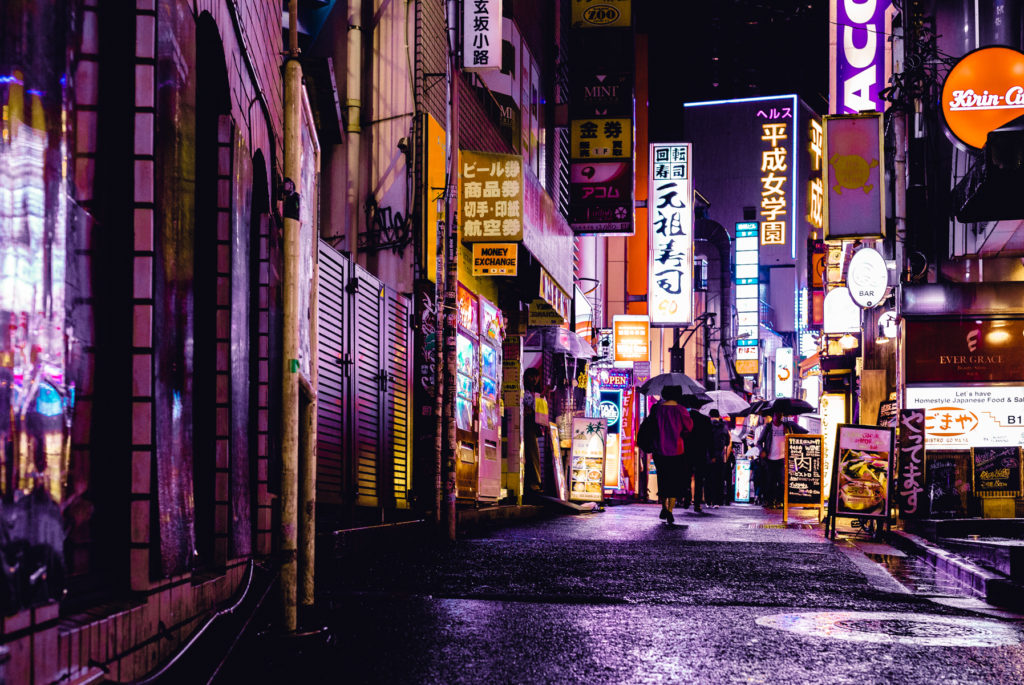
No comments:
Post a Comment
Note: Only a member of this blog may post a comment.